Ask Ethan # 100: Why doesn't dark matter form black holes?
If dark matter in the Universe is most massive, and it has gravity, where are the structures consisting of it?

All enterprises, starting with unrestrained zeal, at first can be realized with great force, but in the end they must fail.
- Tacitus
I can’t believe that there are already 100 issues of Ask Ethan. Every week you send your questions, and I choose the one I like the most to publicly answer it. There were some tough questions this week, but I can’t say no to one of them, from Jerry Mason:
If dark matter has gravity, why doesn't it form black holes or other structures?
Dark matter (TM) does have gravity, and it really does not form black holes (BH), “dark” stars, planets or atoms. Why so?
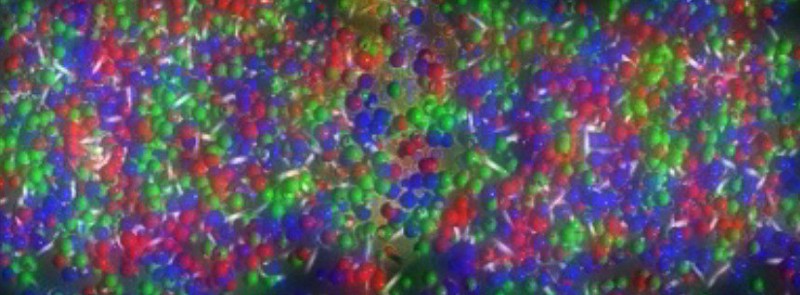
')
Imagine the Universe at the earliest stages of development, before black holes, stars, planets and atoms appeared. It is a hot, dense, expanding "sea" of matter and radiation of all permissible types. In the universe a few minutes old, there are already atomic nuclei and electrons, neutrinos and photons, and all dark matter.
All this not only flies at great speeds, but also interacts with each other. All of this is subject to gravity (even photons, due to Einstein’s equivalence of mass and energy), but gravity is not the only factor.
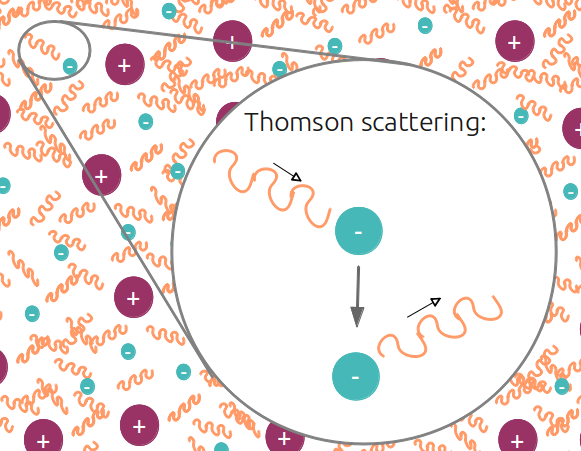
The photons and electrons are worst of all: they very often interact due to electromagnetism, dissipate and "bounce off" each other, exchanging energy and pulses.
The cores are only slightly lighter: they are more massive, so they interact less frequently, and with each collision they lose or gain less momentum.
Neutrinos are lucky: they have no charge, they are not subject to electromagnetic interactions. They are subject (except gravity) only to weak interactions, so that collisions happen very rarely.
But dark matter is generally good: it seems to interact only through gravity. No collisions occur, it only attracts to other sources of matter.
But you may be concerned that this will only worsen the situation. In ordinary matter, collisions and interactions occur, interfering with the gravitational collapse and the formation of dense lumps. And dark matter in denser regions of space will accumulate in clots. But this is not exactly what you imagine. For example, what happens when a gas cloud collapses and forms a star?
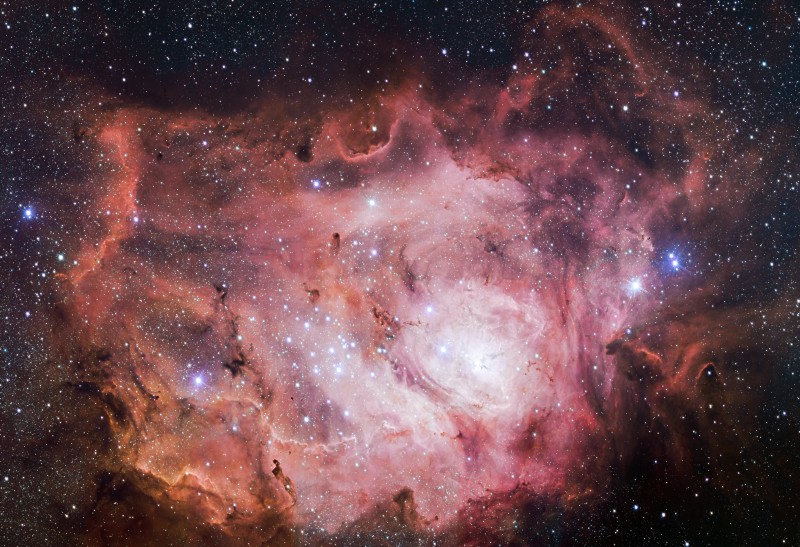
The gas, when exposed to gravity, becomes denser, but the substance of which it consists is held together, which allows the gas to reach a denser state. And together it holds only because of electromagnetism! That is why matter can collapse and create related objects like stars, planets and atoms.
And without this, you will only get a scattered, hardly kept together “loose” structure, which only gravity holds. Therefore, one can hear about halo from TM, or threads from TM on a large scale, but not about other structures consisting of it.
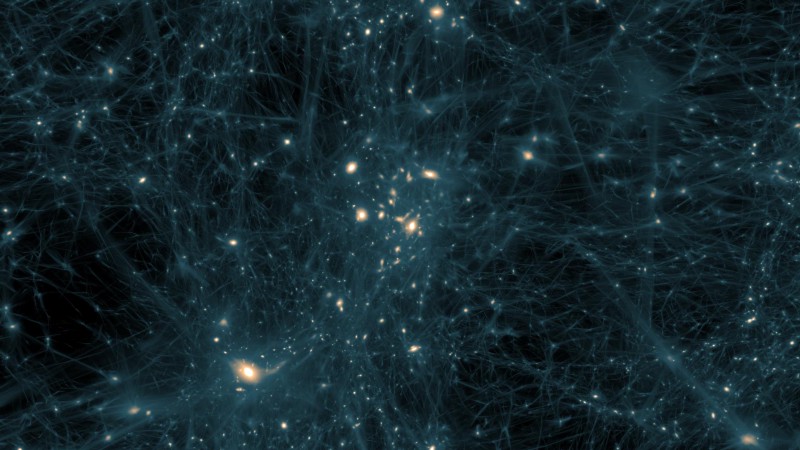
These sparse loose halos are very important - they are the seeds of all the related structures of the Universe. These are dwarf galaxies, normal galaxies, groups of galaxies, clusters, superclusters and filaments, as well as all the substructures of these objects. But without additional force, without a “gluing” effect that holds it all together for the exchange of energy and impulse, TM is doomed to remain in such a loose and rarefied state. Ordinary matter can form dense structures, but TM cannot collide inelastically, lose momentum and angular momentum, and, therefore, is forced to exist in the form of a halo.
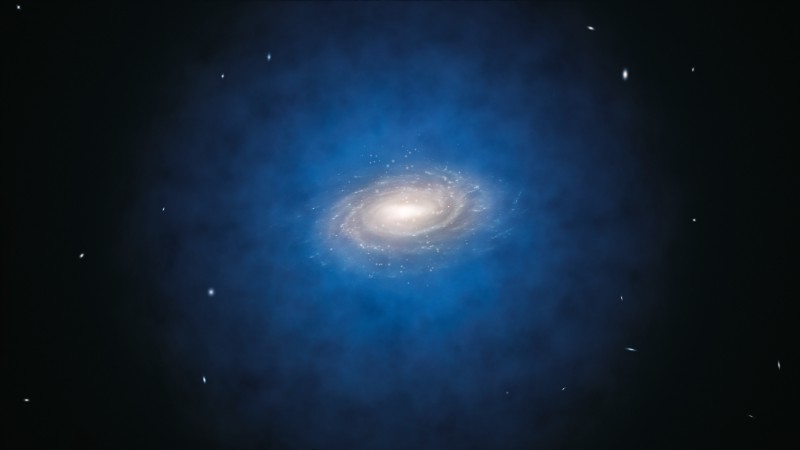
It is a little uncomfortable to think that the planets, stars, black holes and everything else are held together not because of gravity - but gravity is only part of the equation. Imagine that you have launched a ball of atoms. What will happen to him?
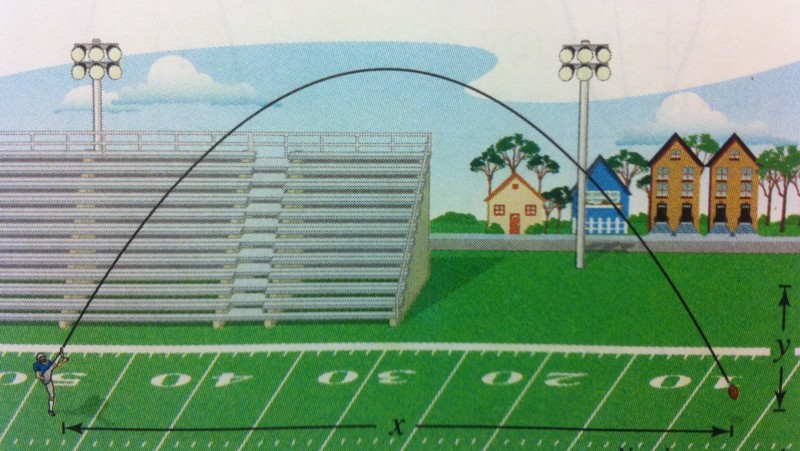
Naturally, it will move along a parabola (if the air resistance is not taken into account), it rises to its maximum height and will fall until it hits the Earth. On a large scale, it will move along an elliptical orbit, in one of which focuses will be the center of mass of the Earth, but since its surface is on its way, a part of its trajectory looks like a parabola.
But if this ball magically turns into a piece of TM, the result will surprise you greatly.
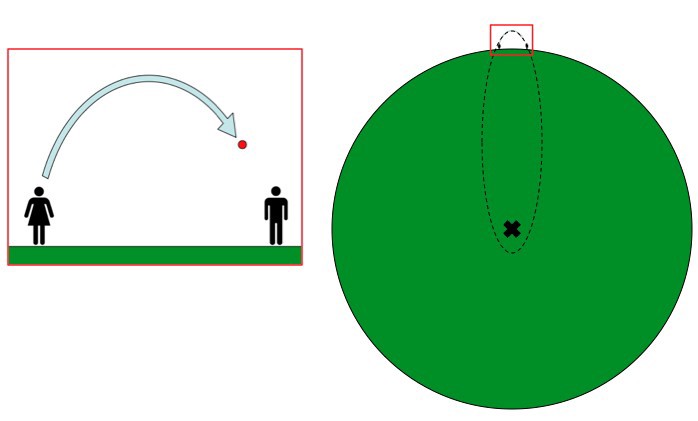
A lot of scary things happen without electromagnetic forces:
• Apart from gravity, there are no other interactions between the particles of the globe and the atoms of the Earth. Instead of a parabola, the TM ball will pass through all the layers of the Earth, go around the center along an almost perfect ellipse (but not quite ideal due to the uneven density of the Earth), come out not far from the entry point to the surface, again describe the parabola, and continue to fly endlessly.
• The lump itself also holds nothing together! Although the atoms of an ordinary ball also move randomly, the electromagnetic interaction holds them together, as a result of which the ball retains its shape. When this interaction is removed, random movements of TM particles will ruin this lump, since gravity alone is not enough to hold it.
• As a result, over time, the TM will stretch into an ellipse, which will gradually thin out, like the debris of a comet (but it will be even more rarefied)!
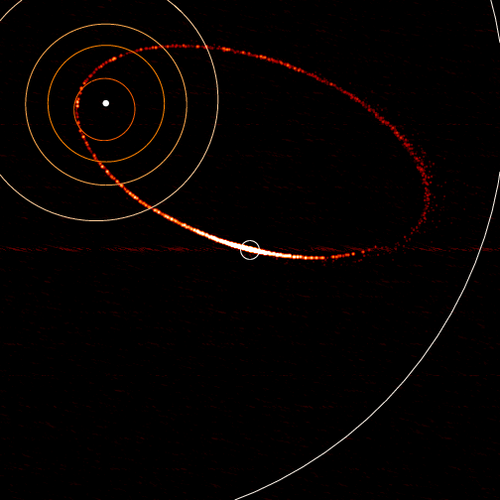
TM cannot form black holes and other dense objects, since gravity alone is not enough to bind these objects. Since gravity is very weak, it can bind particles very weakly - which leads to the appearance of large, rarefied massive structures. To get a dense lump of something - in the form of a star, a planet, an atom - you need an interaction stronger than gravity.
And it is quite possible that TM interacts with itself (or with matter and radiation at some level), but if so, we can say how weak this interaction is. It is very, very weak, if not zero at all.
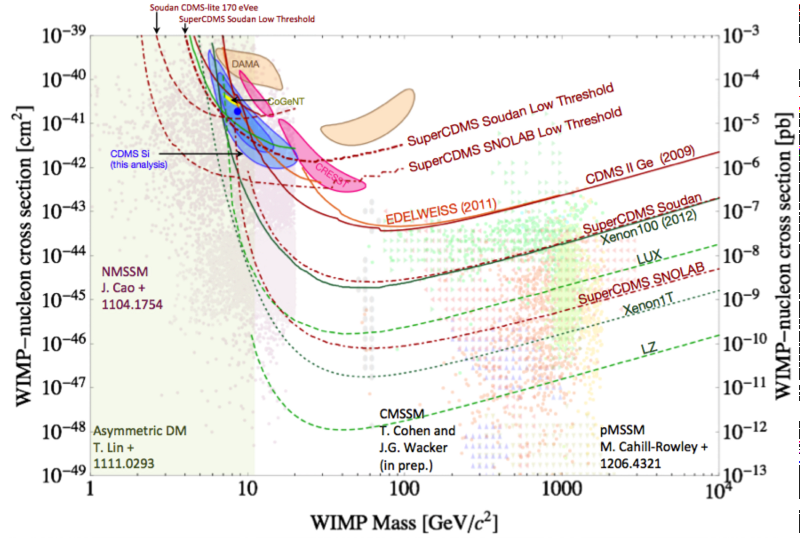
And although we imagine that on a large scale, only gravity matters, in fact, there are visible structures — glowing, molecules and atoms containing, collapsing into black holes — other interactions allow. TM, unfortunately, cannot form such structures, because gravity alone is not enough for this.
On this, the 100th issue of "Ask Ethan" is complete!
Source: https://habr.com/ru/post/398661/
All Articles